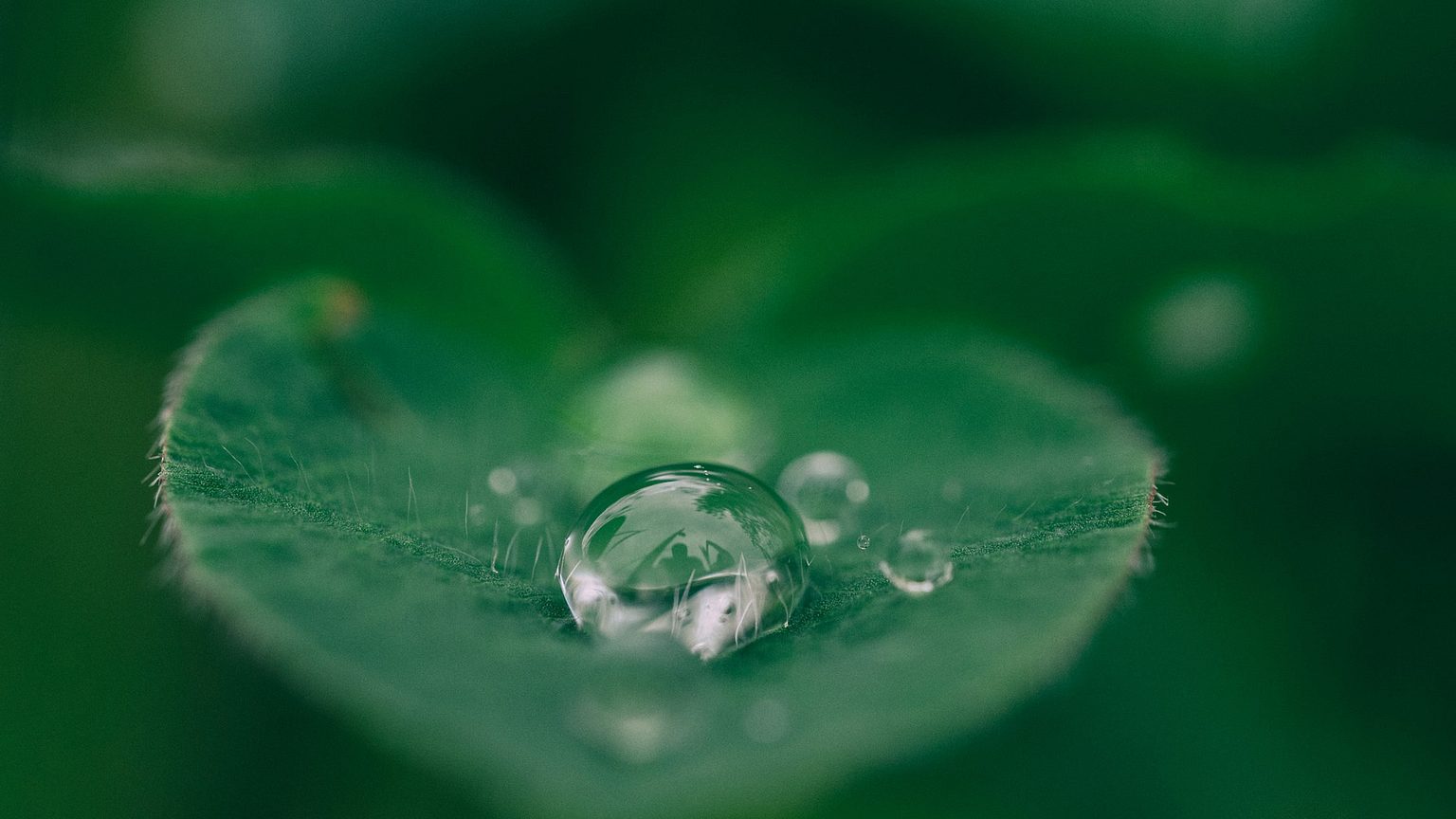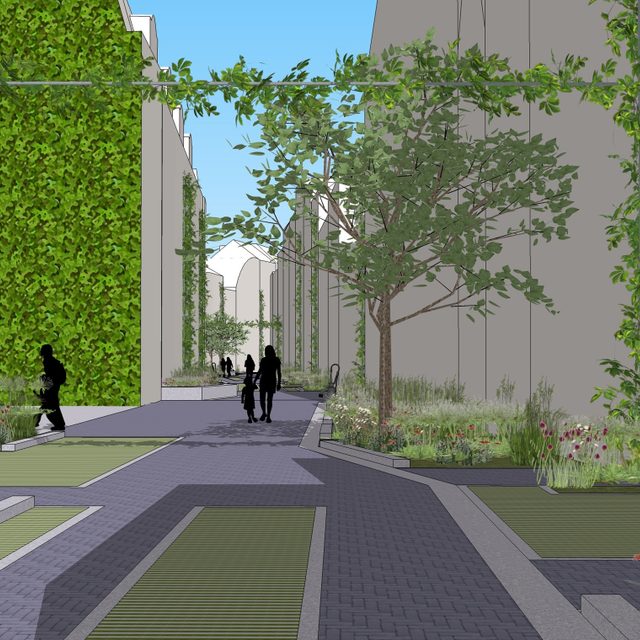
World Water Day: no water to waste
About
March 22nd is not only the second day of Spring, it is also World Water Day since 1993. A day to remind us that this essential resource is precious and above all limited. Several countries and areas worldwide suffer from drought, some the whole year through. As a provider of life-cycle based design solutions, VK architects+engineers is well aware of its part of the solution. Valuing people and planet, it is only natural we provide our design partners and clients with an integrated approach regarding water management.
For a competition design we went for site water-neutrality, examining how to re-use the condensation water from technical installations on hot days or during dry spells.
Tim Ost
principal sustainable design, VK architects+engineers
VK’s Sustainable Design-department looks at water management as one of the key topics in every project. Valerie Vergaert, principal Sustainable Design, explains: “When we investigated within the team which sustainability domains to focus on, water management was a no-brainer. It is a staggering fact that only 2% of the world’s water supply is potable. A fact not many people in the West are conscious of, easily available as it is.”
Trias aquatica
But also in Belgium, we feel the rising urgency hits close to home. The last couple of years, especially and not exclusively in summer, the water supply is in danger of not meeting demand. As Valerie states: “The logical solution for any scarcity also applies here. Use sparingly, use sustainably and re-use as much as possible. We call it the trias aquatica. We try to follow the logic of this approach in the solutions we bring to the table, aiming for low-tech solutions.”
VK has several projects where this trias is put to practice. In the residential development Academiestraat, the aim was for a closed water cycle. That includes maximising rainwater use and minimising drainage in times of heavy rainfall. But also using water-efficient appliances and leakage detection, monitoring water consumption and reducing the stress on the public sewage system. Another important part is re-use of grey water, for washing machines, toilet rinsing and cleaning. “In another ongoing residential project, we are talking about 9,000 liters of grey water treatment per day”, says Valerie. “Or put another way: on an average use of 100 liters of water per day per person, 42 liters is re-used.”
Sustainability is also blue
The EU has its Green Deal, but Flanders also has a Blue Deal, to maximize an efficient use of water. This can go as far as circular water-use. Tim Ost, circular expert with VK explains: “Circular design is a hot topic, especially where materials and construction elements are concerned. Why not apply it for one of our most precious resources? For a competition design we went for site water-neutrality, examining how to re-use the condensation water from technical installations on hot days or during dry spells.”
Buffering as key component
A well-thought out buffering solution is key for successful water management. Not only to re-use as much rainwater or grey water as possible. Also to prevent floods and damage from a lack of intelligent infiltration. Building structures and infrastructure have to provide sufficient options to handle heavy rainfall. Jan Meirhaeghe, principal Infrastructure with VK: “Buffering not only is a question of storing. In some cases, providing controlled drainage to the sewage system can be just as essential, especially in an urban context. In an ongoing school project we integrated green roofs for additional buffering, but also permeable paving for additional infiltration.” Green and blue (buffering) roofs can have surprising surpluses. In a recent competition design, VK’s engineers have the blue roofs feed a low-tech irrigation system, creating natural rainwater drainage for various interior gardens in the building.
Another project combines infiltration and buffering in an innovative way. “In a pilot project in Antwerp, we replaced the paving with plant boxes, trees and vegetable gardens to create climate adaptable garden streets. Infiltration occurs through the roads’ sub-foundation. Using permeable materials, a tree bunker and wadi, we are able to optimally re-use the rainwater. As it happens in this particular case, we use buffering above ground, with an intelligent control system,” explains Jan.
Being deeply conscious of the limited supply of water, across the board VK architects+engineers continues to look for logical ways to make the most of this precious resource.
Other interesting articles

First Galeries Lafayette store in Luxembourg opens in Royal-Hamilius

Smart hospital, digital hospital and digital transformation

